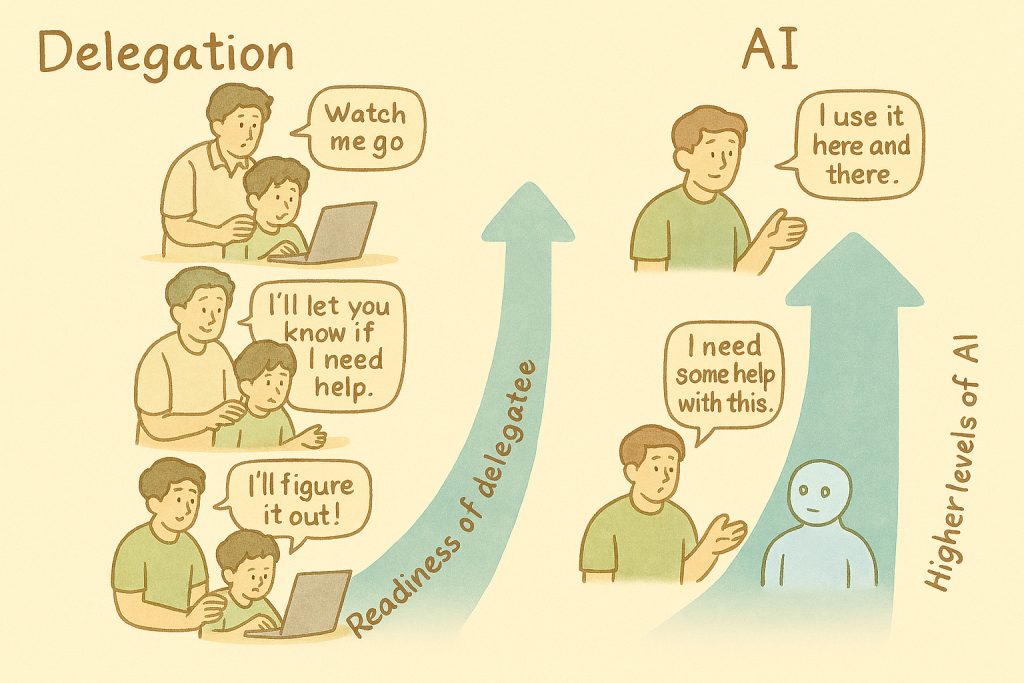TechInnov Inc., is a 32 year old corporation, who pioneered many revolutionary technological innovations, throughout their corporate existence. The founder CEO ran the company for 16 years until a sudden illness took him away from the company and he was replaced by a co-founder, CTO, for the next 10 years. Six years ago, the board recruited an industry veteran to lead the company, who changed the philosophy of the company, which saw many joint ventures and diversification. While the company saw tremendous growth and the board is happy with the CEO, his failing health is causing concern and the nightmares of the first CEO passing away suddenly and the resultant transition, worries them. If you are one of the active and leading board member, what would be your approach to the situation?
Suggested Solution
As an active board member, I would constitute an operational management committee comprising business leaders from each business. I would include the current CEO in the committee in an advisory capacity and I will also participate as an observer. Encourage sharing best practices and working out solutions to operational issues, while creating a strategic vision by the combined team. Identify couple of leaders, who demonstrate potential to lead and gaining acceptance amongst the committee members and be ready to replace the CEO, if a need were to arise.





2 Responses
Very nice Vishu. I did the AUM chant now to just try out, I liked it, but may need to continue it more before kind of agreeing with you more emphatically. Very nice post..and thank you for writing this up
Thanks, Harish. Yes, Sustained practice will bring the transformation.